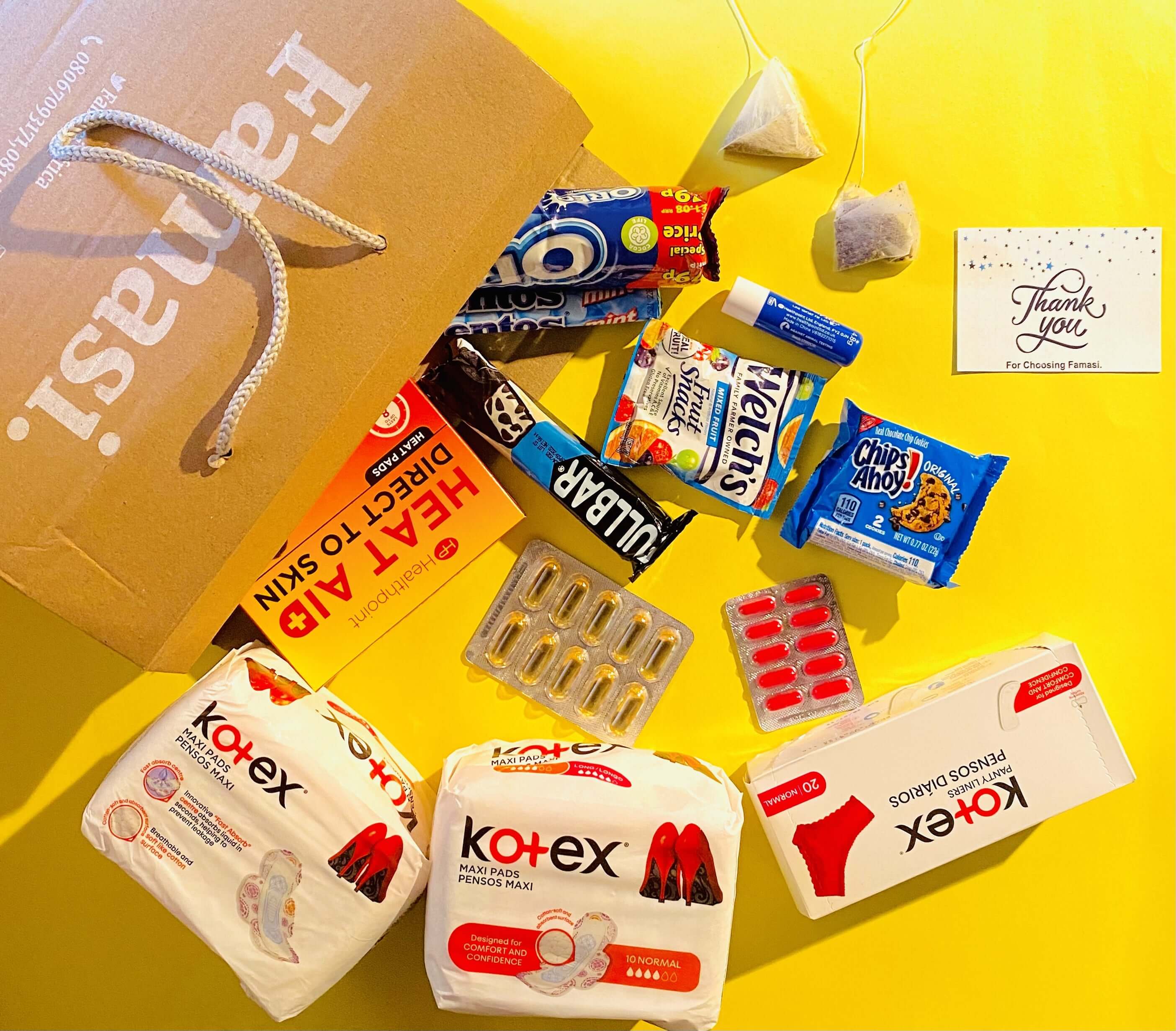Dealing with Menstrual Cramps? These 5 Methods Will Make You Feel Better
Explore these 5 methods to get relief from menstrual cramps and enjoy a stress-free period.
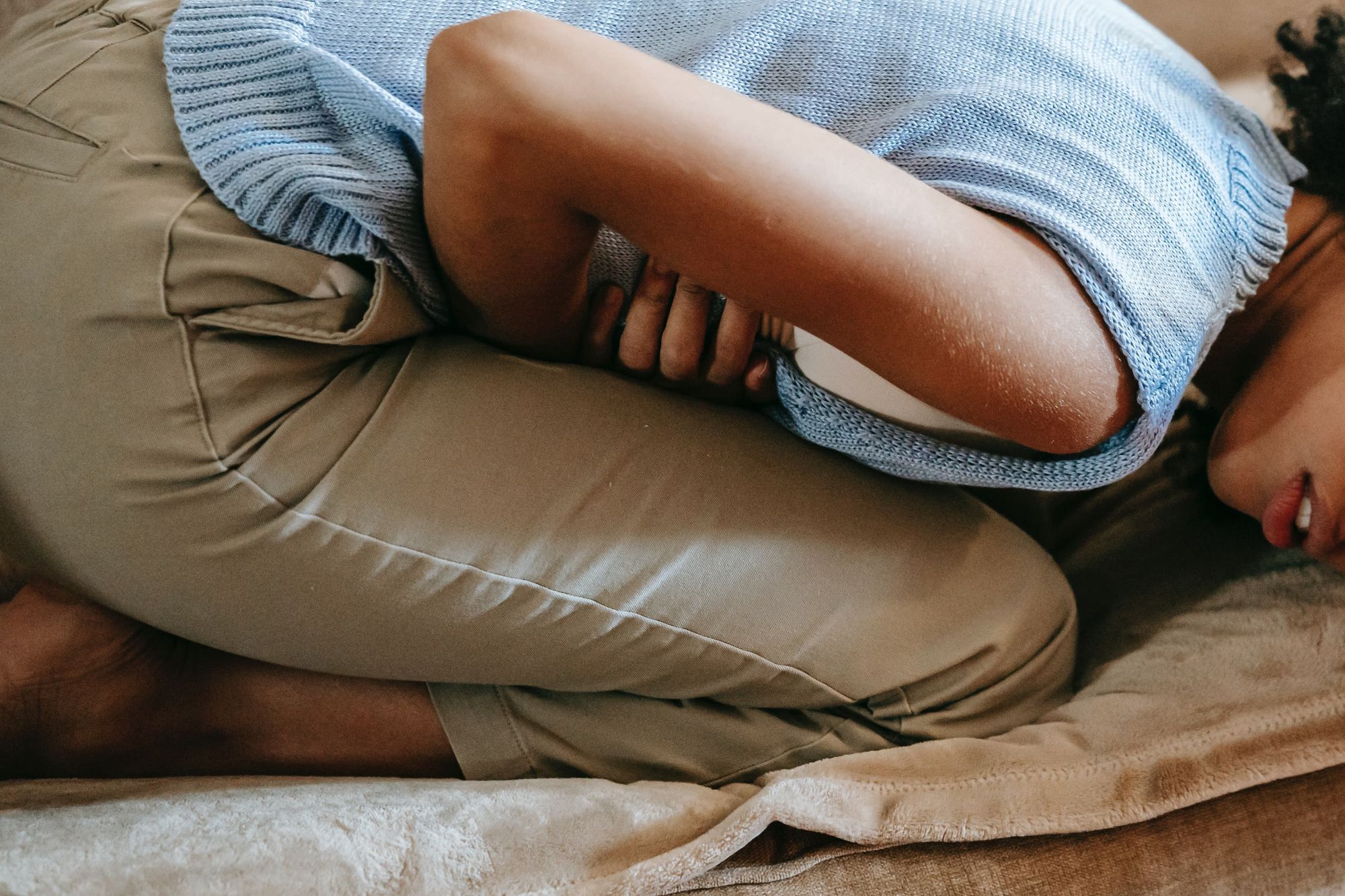
Dealing with menstrual cramps can be a challenging and uncomfortable experience. It can become really unbearable that you find it hard to carry on with your daily activities.
In fact, approximately one in ten women experience severe menstrual pain that can disrupt their daily lives, once to thrice a month.
It is possible, however, to reduce the unbearable pain associated with your period through a variety of methods and treatments.
In this blog, we will discuss 5 methods you can explore to take back control of your body and be free from these pains.
Read on to learn more.
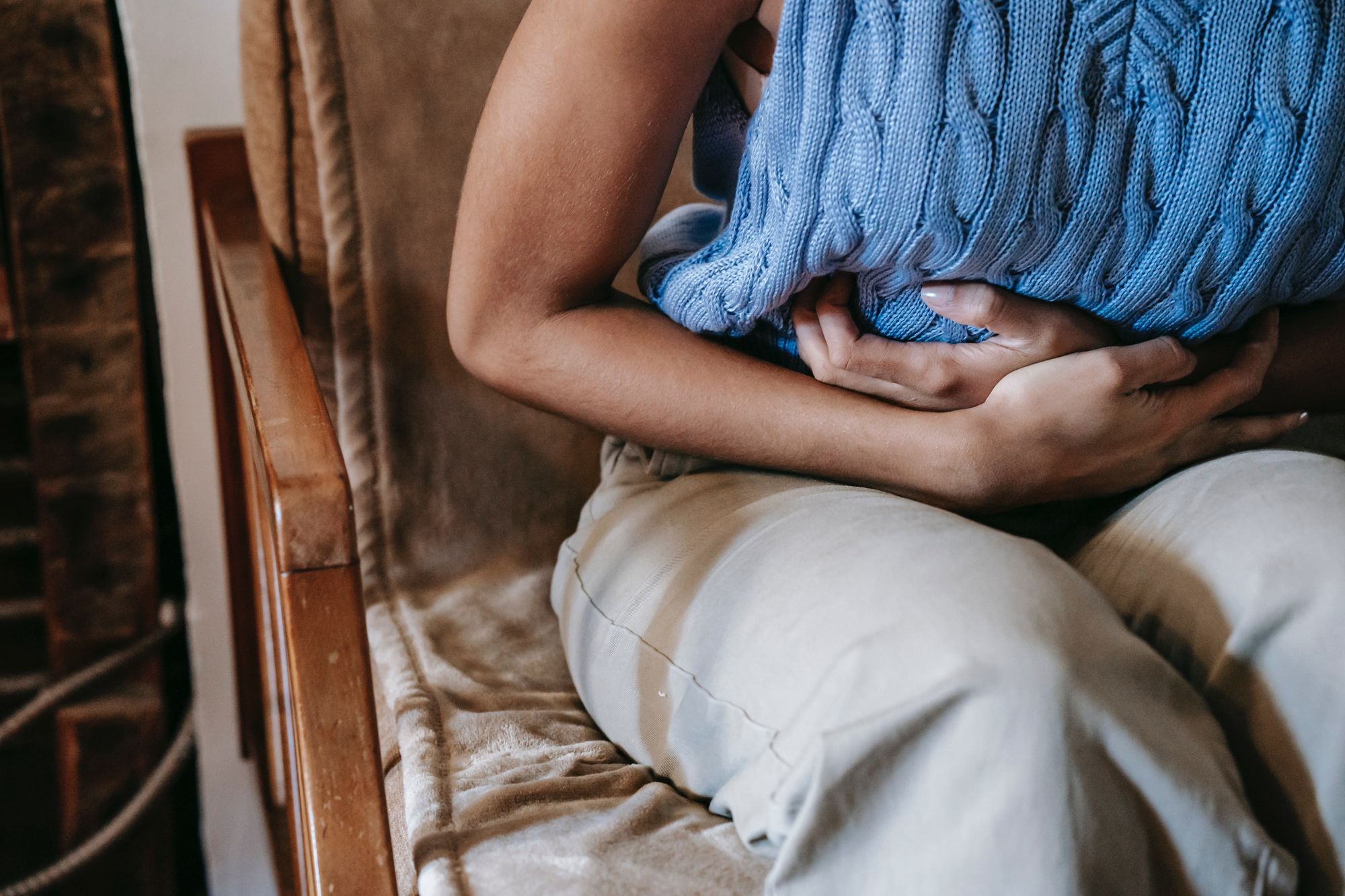
But first, what causes menstrual cramps?
To fully understand why you're having menstrual cramps, let's paint you a picture of what's happening.
Imagine this...you're trying to get a new pet. So you start gathering supplies needed to make the pet feel at home.
You built your new buddy a small house, in anticipation. But unfortunately, something happened and you no longer have a need for the pet or the house.
There's no need to have the house take up space. So, the next best thing to do, since you can't repurpose the house, is to trash it.
This is similar to what happens during menstruation.
Your uterus forms a thick lining in anticipation of an embryo, called “endometrium”.
But when you don’t get pregnant (fail to get your new pet), the uterine muscles begin to shed the lining of your uterus, which causes it to contract.
These contractions are what make you feel cramped. And they can get worse by the release of prostaglandins–hormones that trigger inflammation and pain.
However, you may experience more intense cramps because of hormonal imbalance or having a tight uterus. It may also be due to underlying conditions such as endometriosis (having tissue similar to ones lining your uterus, growing outside the uterus) or uterine fibroids (muscular tumours growing in the uterus).
So, what helps with period cramps?
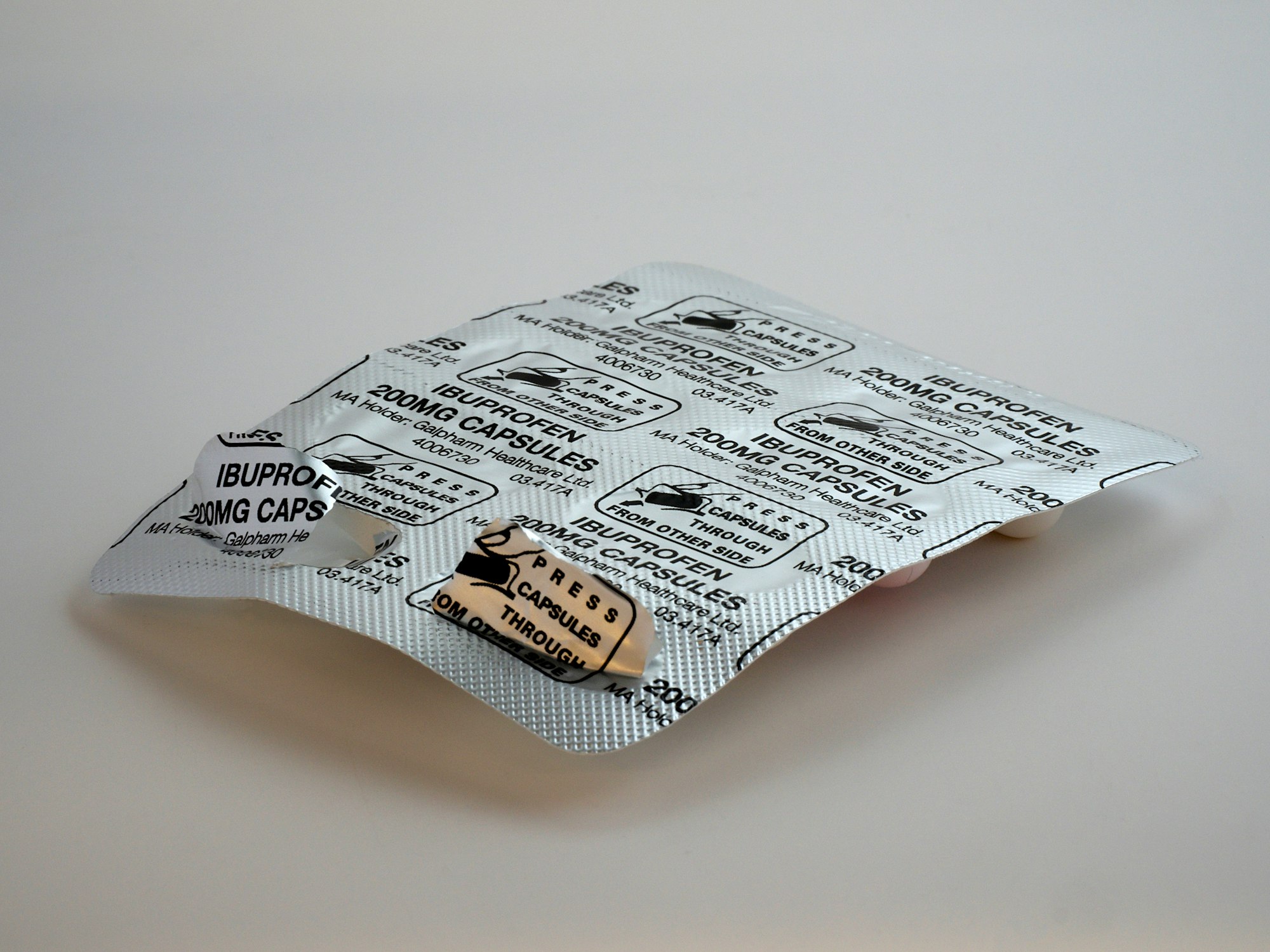
Medication
Medication is an effective way to relieve menstrual cramps. You can take them regularly to prevent cramps or whenever you begin to feel uncomfortable.
Some medications you can take to reduce the severity of menstrual cramps are:
- Paracetamol: You can use this over-the-counter pain reliever for mild-to-moderate pain. It contains acetaminophen, which is an active ingredient found in aspirin and other pain relievers that work similarly.
- Nonsteroidal Anti-inflammatory Drug (NSAID): This is another common over-the-counter medication that can help relieve menstrual cramps. It reduces inflammation and swelling caused by menstrual cramps by inhibiting prostaglandins production. Common examples are ibuprofen and diclofenac.
- Birth Control Pills: You can also take hormonal birth pills to regulate hormones and decrease the severity of your menstrual cramps. This literature review discusses how birth control pills may reduce prostaglandin production.
- Omega-3 fatty acids: A more natural way of getting rid of cramps is by taking supplements containing Omega-3 fatty acids. These acids were shown to reduce symptoms of dysmenorrhea and reduce ibuprofen intake in this study.
- Vitamin B6: This vitamin is involved in many chemical reactions that occur when you digest food. It helps your body produce red blood cells, which carry oxygen throughout the body. When your body lacks B6, you can experience cramping at an increased level. However, you may need a prescription for this type of medication.
Note: Before starting any new medication for menstrual cramps, consult your doctor to determine what your best option is or if it will interact with anything else you might be taking.
Heat
Heat, when applied to your lower abdomen and groin, can help you reduce menstrual cramps. This is because heat stimulates the release of endorphins and other chemicals that help you feel better.
It also allows blood flow to the area where you’re feeling cramps, which can help relieve pain.
You might be experiencing cramps because of the pressure your uterus is exerting on your bladder and rectum. But when you apply heat, it relaxes the tissues around your uterus or womb. This relaxation reduces the pressure, and the pain you’re feeling.
How do you apply heat to reduce menstrual cramps?
You can use a heating pad, hot towel, or hot water bottle to warm up any area that feels tense or tight when you have menstrual cramps.
Just place the heating pad on the side of your lower abdomen where the cramp is being felt. Leave it there for about 30 minutes.
NOTE: It’s important to listen to your body and not apply too much heat, as it might cause burns.
Exercise
The benefits of exercise go beyond your overall health, they also play a major role in reducing menstrual cramps.
When it comes to reducing the severity of your pain, exercise can help you in different ways, such as:
- Endorphins release: When you exercise, your body releases endorphins, which are natural chemicals that promote feelings of well-being. Endorphins can relieve you of pain and fatigue, as well as improve mood and sleep.
- Blood circulation: Exercising improves your blood flow, which in turn helps you prevent cramps.
- Blood clot reduction: Sometimes, you might be experiencing cramps because there’s a lot of blood in your uterus due to heavy flow. And this means more blood clot. But exercise can prevent blood clots from happening, since it increases blood flow.
However, it is important to listen to your body and not push yourself too hard during periods of intense discomfort.
Examples of exercises you can get relief are:
- Walking or running outdoors: Take a quick walk or run for 30 minutes every day during your period. You'll find that walking or running helps reduce cramps, as well as improve your fitness level.
- Yoga: Yoga involves stretching exercises that calm the nervous system, helping to relieve tension in your muscles and joints. If you have severe menstrual cramps, you may want to try yoga poses that focus on specific muscles — like those around your hips or abdomen — in order to relieve pain quickly.
- Sex: Yes. Sex can be considered a form of exercise. And it helps you reduce menstrual cramps by releasing endorphins, which act as natural painkillers. Additionally, orgasms can cause the uterus to contract, which can help relieve cramps.
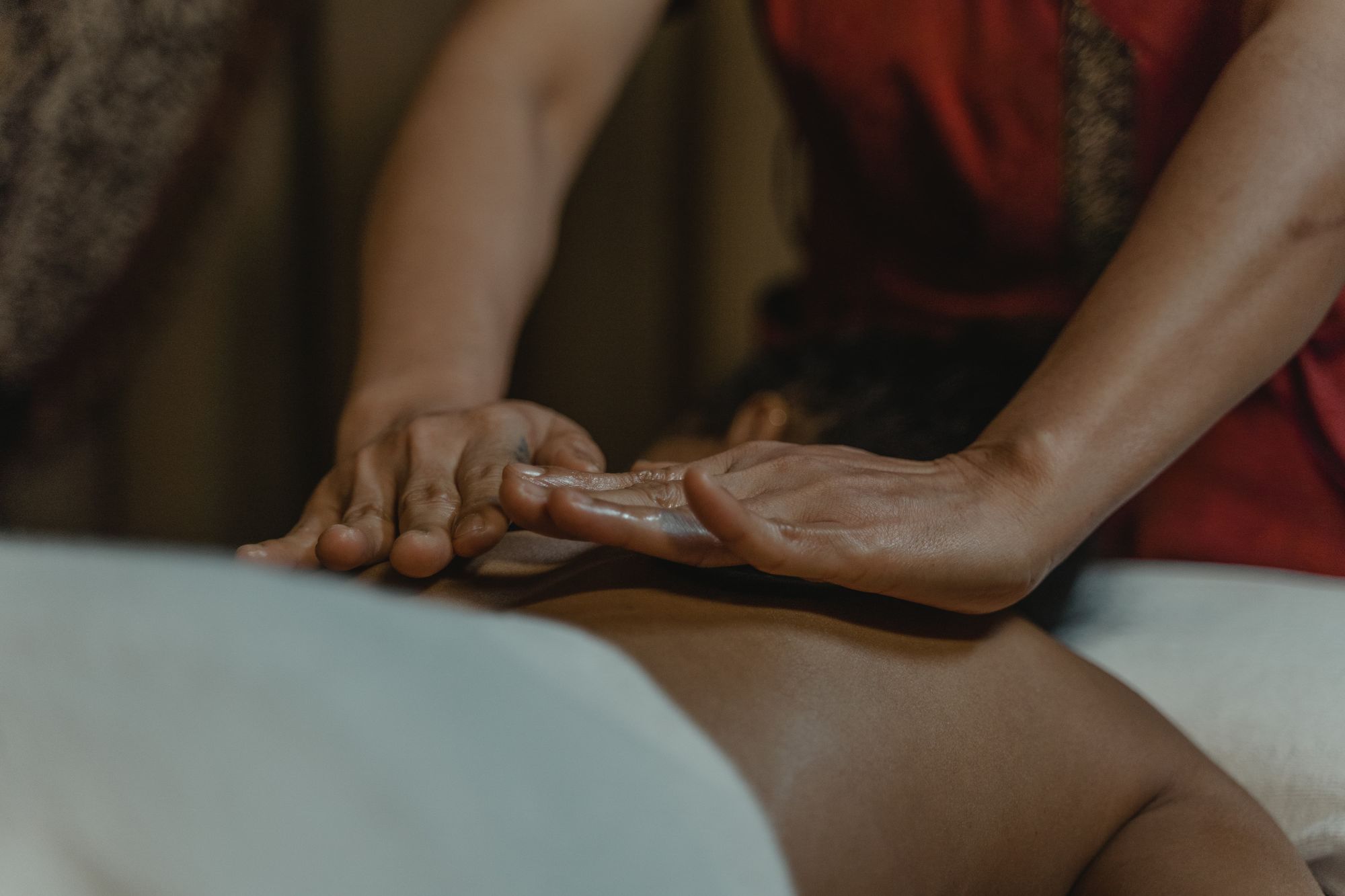
Massage
During massage, pressure is applied to the cramped area to stimulate blood flow and reduce muscle tension. This can ease the discomfort you’re feeling.
Massage can also increase the effectiveness of other methods you might have tried. As in the case of pain relievers and water intake during your period, for instance.
If you’re not doing the massage yourself, it’s important to communicate with your massage therapist where you’re feeling the discomfort.
Quick Tip: Lavender or chamomile essential oils can provide additional cramp relief during a massage.
Useful read: 3 Things to know about birth control and menopause
Alternative therapy
Alternative therapy refers to forms of treatment that are not typically part of conventional Western medicine. But they’ve been proven to work in reducing the intensity of pain felt when menstruating.
Some forms of alternative therapies you can try are:
- Acupuncture: The purpose of acupuncture is to stimulate the flow of energy within your body by inserting needles at specific places on your body. It promotes healing by balancing your energy system and stimulating your body's natural defences.
- Herbs: You can also take herbal supplements like ginger and , may also provide relief from menstrual cramps. Other options include herbal remedies such as ginger, rosemary, and fennel to relieve pain and cramping.
- Acupressure: This is an alternative to acupuncture, where needles are used. It involves stimulating some points on your body with gentle pressure.
Final Thoughts
It’s important to remember that there’s no one-size-fits-all solution for managing menstrual cramps. While medication and heat therapy might work for your friend, it might not have any effect on you.
Therefore, it’s necessary to listen to your body and explore different options to find the one that works best.
Ultimately, finding your answer may require a combination of trial and error and open communication with your healthcare provider. By having a FREE consultation with one of our care specialists, you can curate a personalised plan that will ease your pain.

